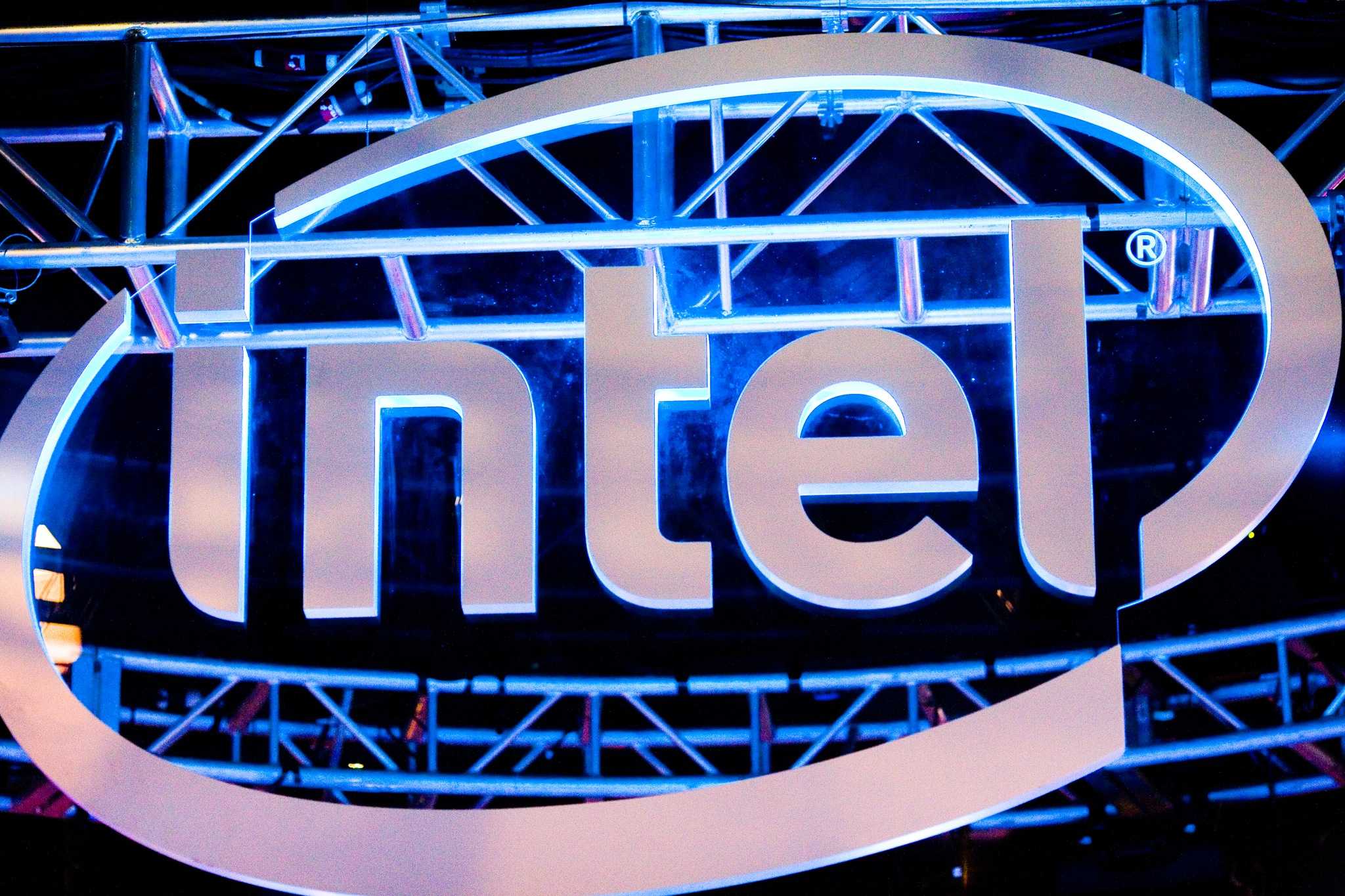 December 4, 1992: Apple engineers demonstrate a “proof of concept” of the Mac operating system running on an Intel computer.
December 4, 1992: Apple engineers demonstrate a “proof of concept” of the Mac operating system running on an Intel computer.
More than a decade before Macs will switch to Intel processors, the astonishing feat is part of an aborted plan to make Apple’s software available on other manufacturers’ hardware. Apple ultimately chickens out, fearing (probably correctly) that such a move would hurt Macintosh sales.
Mac OS on Intel: The importance of ‘Star Trek’ and ‘Macrosoft’
The idea to get Mac OS running on Intel processors dated back at least as far as 1985, the year after the first Macintosh shipped (and a little operating system called Windows made its debut). Plans ramped up in the early 1990s, when Windows began to gain serious traction in the marketplace.
In August 1990, Dan Eilers, Apple’s vice president of strategy and corporate development at the time, sent a 112-page confidential memo to Apple management. In it, he laid out what the Mac division needed to do in order to remain a marketplace contender. One idea was to get Mac OS running on Intel chips.
The Intel port was not-so-subtly code-named “Macrosoft.” Apple hoped to stop Microsoft from gaining any more momentum. By February 1992, Apple engineers teamed up with networking company Novell to investigate porting the operating system to Intel processors.
Across the street from Intel’s headquarters in Santa Clara, California, a team of 18 engineers worked on the top-secret mission, nicknamed “Star Trek.” Apple CEO John Sculley met with Intel CEO Andy Grove to discuss the possibility.
No Mac OS on PCs — this time
On December 4, 1992, the team showed off its results. Many within Apple worried about what such a move would do to hardware sales. However, Cupertino still spoke with PC vendors about their interest in using Star Trek on their computers. Interest proved lukewarm (largely because their Windows 3.1 contracts meant they paid Microsoft for every computer shipped, even if the machine didn’t run Microsoft’s operating system).
Around this time, Sculley exited as Apple CEO and Michael Spindler took over. He axed Star Trek, along with other projects, in a round of belt-tightening measures.
Apple wound up licensing Mac OS to clone vendors a couple of years later. However, Apple did not port Mac OS to Intel processors until the late 1990s, after Steve Jobs returned to Cupertino. And those Intel chips resided inside Macs rather than PCs.
How do you think Apple would have fared if it licensed Mac OS to PC clone-makers in the 1990s? Let us know your thoughts in the comments below.


